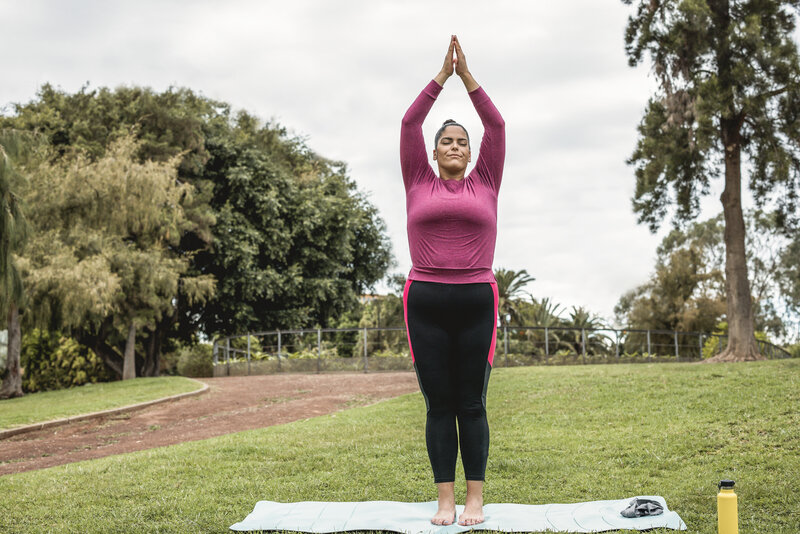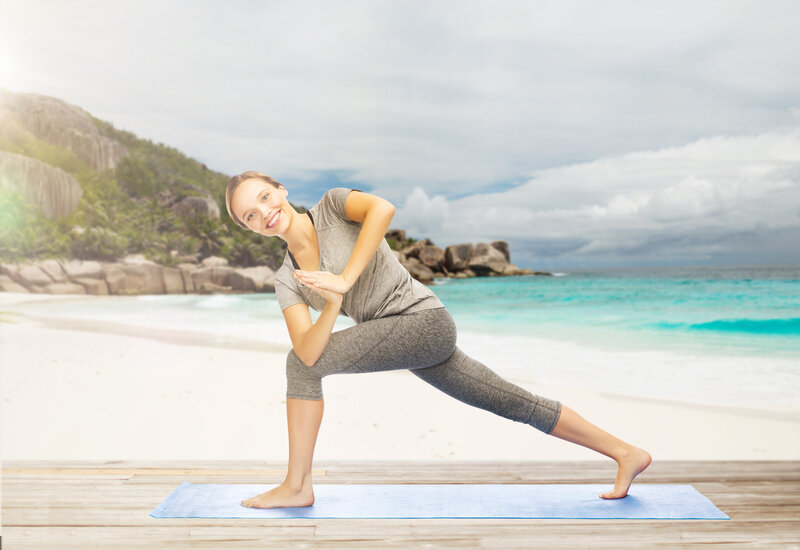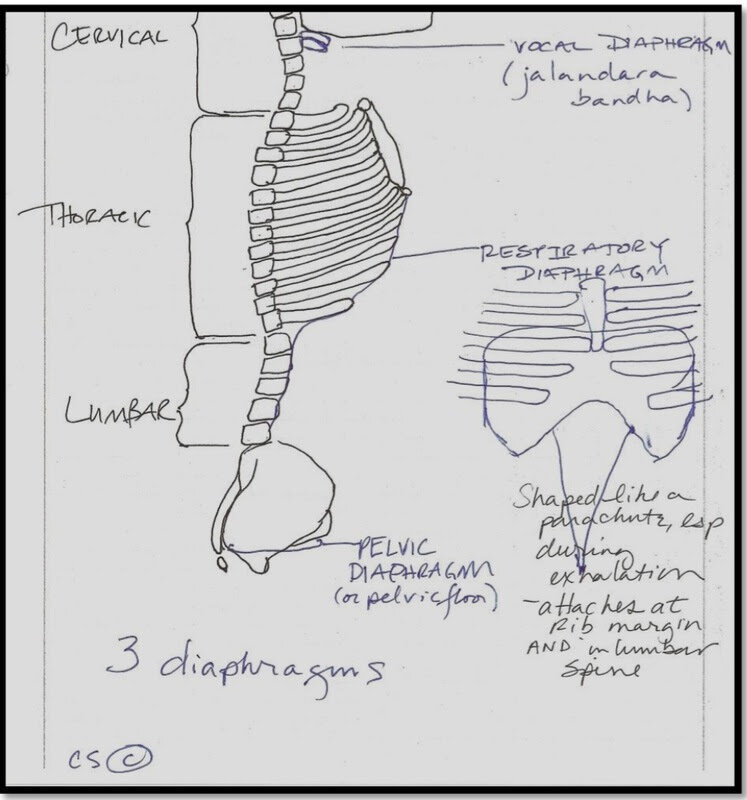
Headed to a protest?
Use your yoga practice to regulate before heading out to protest. You’ll spread peace and grounding, helping yourself and others respond, instead of react.

Federal Shutdown Scholarship
Read the article here: https://nm.news/2025/10/03/cedar-crest-yoga-studio-offers-free-classes-to-federal-workers-during-government-shutdown/
Apply for the scholarship here: https://form.jotform.com/252747860131154

Your Personal Yoga Practice Begins Here
Answering these questions is key to a sustainable yoga practice….

Feeling Twisted?
Revolved poses like Twisted Angle, Twisted Side Angle, Twisted Triangle, Seated Twists, Revolved Wide Legged Forward Folds, Twisted Plank, Twisted Downdog, Twisted Pigeon all share a common feature: the spine revolves - one vertebrae a little over the other. This causes the second feature: the ribs and pelvis end up facing different directions, up to ninety degrees offset. The neck may also turn, though that’s best left to last. More on that later.
Remember: “the spine” is not one thing. It's a series of large things at the base that get smaller the further you go up. There are other things (bones) attached to these things that restrict motion in places. So the rotation should happen a little at a time and not in one, big swing. (See Tips, below).


Practicing with Pain: why avoidance may hurt more
“[D]efinitely listen to your body and its signals. If you have pain in a movement or in a posture, breathe, withdraw from the edge where the pain arose and rest for a moment.
And then, re-approach. Slowly, mindfully. Notice where you get the first hint of a suggestion of the painful feeling and stay there — don’t go further. Breathe and notice. 9 times out of 10, you’ll feel the suggestion of pain fade away. If this happens, go a little more towards where you felt it before in the same manner: slowly, mindfully noticing the first hint of a suggestion of pain, and stay. Breathe and notice. You may feel that fade away. Rinse and repeat, stopping to rest, of course, as needed.
Often a repetition of just three times inside your pain free range of motion will allow you to go back to the once painful movement with no pain.
There are many reasons for this phenomenon…”


